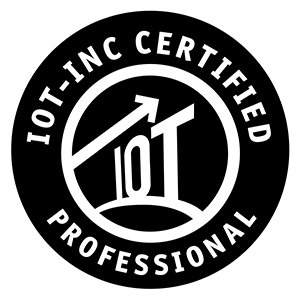
Arsgera - Fotolia
ICIP IoT training: Get started with IoT risk management

Organizations must assess and prioritize risk management in their IoT investment to ensure their data and information assets are protected without overspending.
As the number and sophistication of IoT cyberattacks increase, technologists must balance cybersecurity measures and risk management best practices in order to protect IoT investments.
Organizations gain value from IoT by turning massive amounts of data into actionable information, but all that data presents risks that must be mitigated. Security to do so comes at a price and project budgets aren't infinite. Organizations must balance security risks with development costs.
Tech experts might conflate the concepts of security and risk management but must understand both roles. Cybersecurity protects IoT data from attacks that steal, change or render data unusable. Where technical experts focus on cybersecurity to address how an organization can protect their data, business professionals must use risk management as the business counterpart to cybersecurity. Risk management answers the question of how much to spend to protect assets.
Understand IoT risk management basics
All technology presents risks, no matter how secure. Risk management is key to identifying how much risk is tolerable with the costs of implementing security. Organizations must define minimum requirements needed to secure a product or network by following these four risk assessment steps:
- Inventory data and devices.
- Identify vulnerabilities.
- Calculate the risks of a successful attack.
- Balance the risks with the costs of preventing the attack.
The ICIP IoT training program aims to help professionals solve the most pressing challenge of IoT: creating a positive ROI and profitable business. Learn more about the ICIP IoT training program.